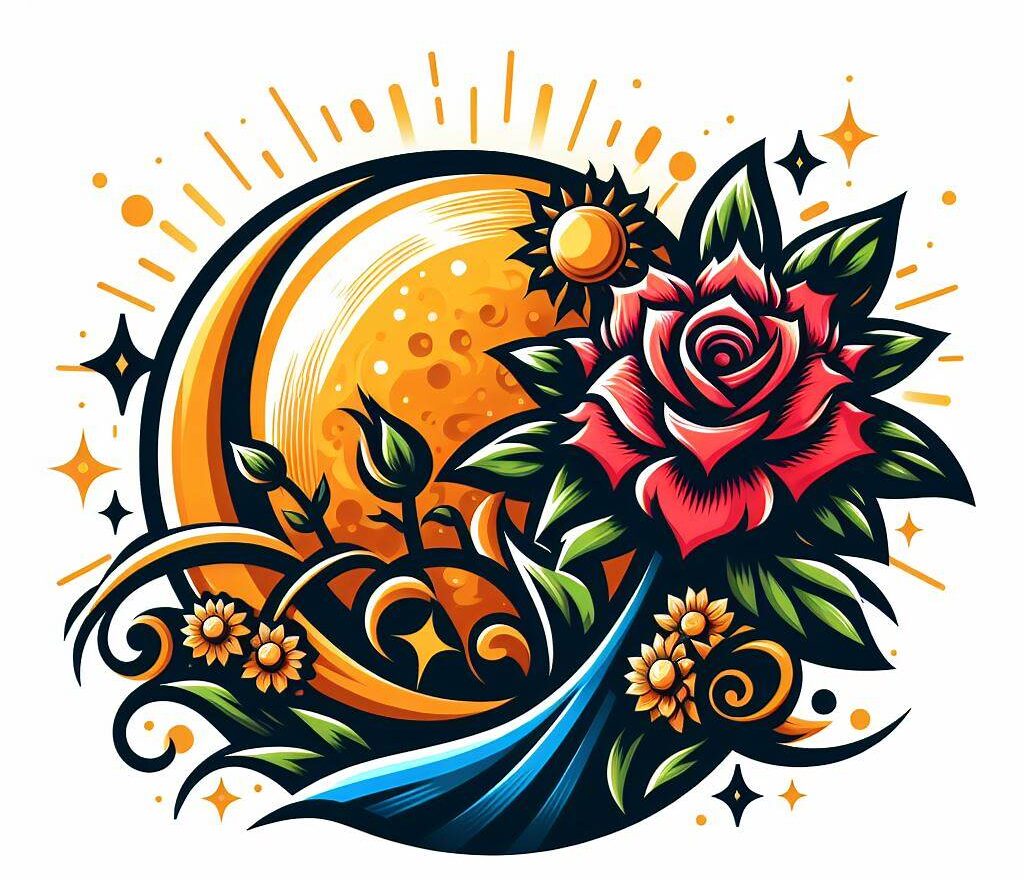March Birth Flowers: Daffodil and Jonquil Unveiled
The arrival of March heralds the return of sunshine, and with it, two vibrant harbingers of spring: the daffodil and the jonquil. These cheerful blooms, closely related members of the Narcissus genus, boast bright yellow hues, trumpet-shaped flowers, and a delightful fragrance that fills the air with the promise of warmer days. Whether you’re a March baby celebrating your birth flower or simply a lover of all things floral, let’s dive into the captivating world of daffodils and jonquils!
Daffodil: A Trumpet of Renewal
Flower and color
- Daffodil: The classic daffodil comes in a dazzling array of yellow shades, from sunshiney lemon to buttery gold and deep orange. Some varieties even boast splashes of white, pink, or cream.
- Jonquil: These charming cousins tend to be smaller and more delicate than daffodils. Their flowers typically bloom in clusters of two or three, showcasing a deeper yellow hue with a sweet, citrusy fragrance.
Flower meanings
- Daffodil: Symbolism abounds with the daffodil. It embodies new beginnings, rebirth, resilience, and hope. Its cheerful presence and association with spring make it a symbol of new life and fresh starts.
- Jonquil: Sharing many meanings with the daffodil, the jonquil also possesses unique symbolism. It represents forgiveness, desire, creativity, and success. Its name may derive from the Greek word “rush,” likely due to the slender leaves of the plant.
Description
- Daffodil: Growing up to 24 inches tall, daffodils boast trumpet-shaped blooms featuring six petals and a central crown or trumpet. Their bright green, strap-like leaves add a vibrant backdrop to the cheerful flowers.
- Jonquil: Slightly smaller than their daffodil cousins, jonquils typically reach 12-16 inches in height. Their flowers, often clustered, display a shorter trumpet and more rounded petals compared to the daffodil’s sharper, elongated form.
Growth Habit
Both daffodils and jonquils are bulbous plants, emerging from underground bulbs in early spring. They clump readily, creating patches of cheerful yellow blooms in gardens and meadows.
Blooming season
These early bloomers brighten gardens as winter loosens its grip. Expect daffodils to light up the landscape from late February through April, while jonquils typically follow suit in March and April.
Hardiness
These tough spring flowers thrive in USDA hardiness zones 3-8, tolerating cold temperatures and returning faithfully year after year.
sunlight and soil
Daffodils and jonquils prefer full sun to partial shade and well-drained soil. Plant them in fall for a dazzling spring display, ensuring the soil isn’t waterlogged.
Garden uses
These versatile beauties offer endless possibilities in the garden. Use them to create bright borders, fill rock gardens with cheer, or naturalize woodlands with pops of sunshine. They’re also excellent for forcing indoors, bringing a touch of spring to windowsills.
Complete History
- Origin: Daffodils and jonquils have their roots in Europe and the Mediterranean, with wild species found in Spain, Portugal, and North Africa. Cultivation stretches back for centuries, with evidence of their presence in ancient Greek and Roman gardens.
- Mythology: Daffodils are intertwined with Greek mythology, linked to the story of Narcissus, a handsome young man who fell in love with his reflection. Where he gazed, the first daffodil sprang into being, symbolizing vanity and self-absorption.
- Cultural Significance: In many cultures, daffodils represent new beginnings and hope. In Wales, they’re the national flower, and in some countries, they’re associated with luck and prosperity.
Meaning and Significance
- Birth Flower: Both daffodils and jonquils share the honor of being the March birth flowers. As such, they represent individuals born under this sign as joyful, optimistic, and resilient, just like the vibrant blooms themselves.
- Gifts and Celebrations: These cheerful flowers are perfect for celebrating spring, birthdays, new beginnings, and even forgiveness. Send a bouquet of daffodils or jonquils to brighten someone’s day, or plant them in your garden as a reminder of the joy and hope spring brings.
Fun Facts
- Daffodils contain a substance called lycorine, which can be toxic to animals if ingested in large quantities. However, they’re perfectly safe for humans to enjoy!
- The world record for the most daffodil bulbs planted in 24 hours is over 8 million, achieved in Holland!
- In Wales, daffodils are worn on St. David’s Day to celebrate the patron
- Daffodils have been hybridized into over 25,000 different varieties, offering a kaleidoscope of colors and flower shapes.
- In Holland, the world’s largest flower park, Keukenhof, boasts over 7 million daffodil bulbs planted annually!
- Jonquils were once widely used in the perfume industry due to their strong, sweet fragrance.
- Both daffodils and jonquils can be toxic to pets if ingested in large quantities, so keep them out of reach of curious furry friends.
Caring for Your March Birth Flowers
Whether you’ve received a bouquet of daffodils or jonquils or planted them in your garden, knowing how to care for them will ensure their vibrant beauty lasts. Here are some tips:
- Cut flowers: Trim the stems at an angle and place them in a clean vase filled with fresh water. Change the water every few days and add a flower preservative for longer blooms.
- Garden bulbs: Plant bulbs 6-8 inches deep in well-drained soil in fall. Water them regularly in dry spells, but avoid overwatering. After flowering, allow the leaves to die back naturally before removing them.
FAQs About March Birth Flowers
Conclusion – Blooms of Joy and Renewal
As we immerse ourselves in the captivating realm of March birth flowers, the Daffodil and Jonquil stand as botanical ambassadors of joy, renewal, and the promising transition from winter to spring. Whether adorning gardens, bouquets, or birthday celebrations, these blooms encapsulate the spirit of March, offering a fragrant and vibrant welcome to the season of new beginnings.
